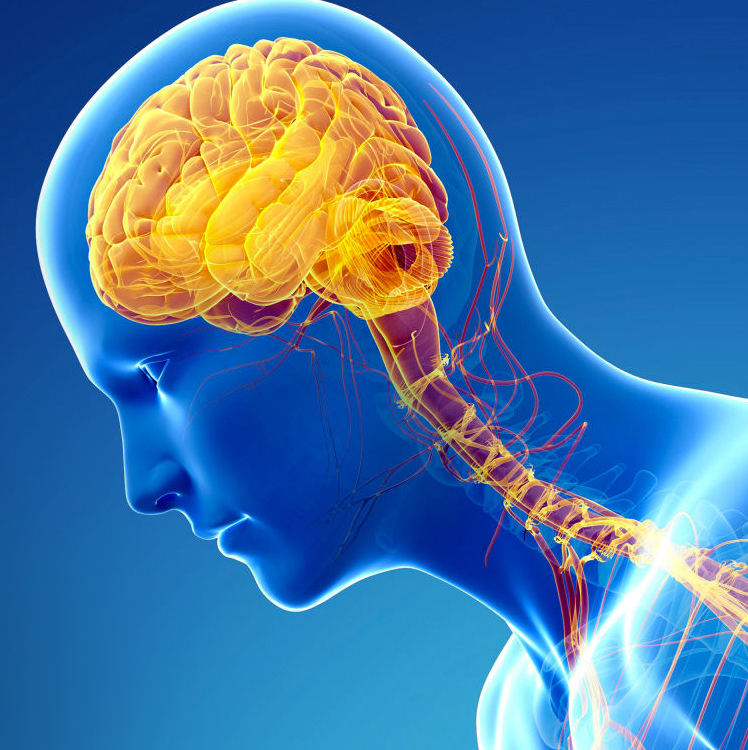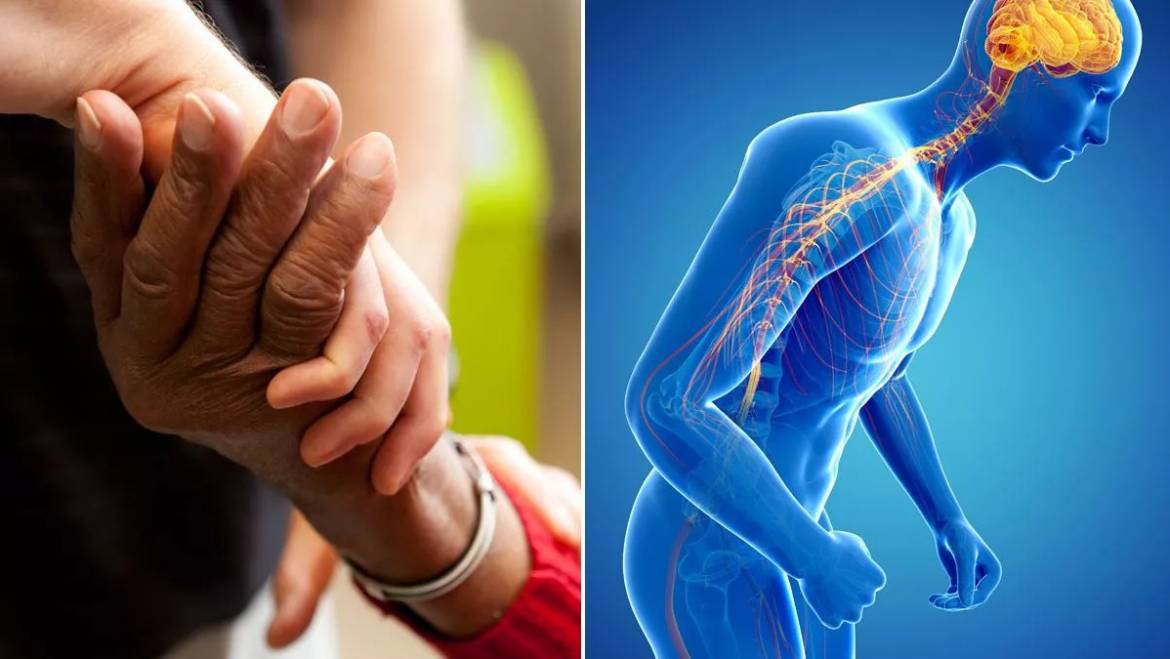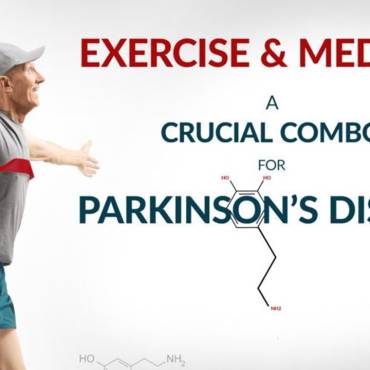Parkinson’s disease medications can relieve the symptoms associated with the disease. But they become less effective as the condition progresses, and their side effects worsen. Medications are prescribed according to a patient’s condition and must be adjusted frequently.
People with Parkinson’s disease do not produce enough dopamine (an important chemical messenger in the body). Insufficient dopamine means nerve signals aren’t transmitted as effectively, leading to abnormal movement and other problems. Medicinal treatment aims to balance out the insufficient dopamine in the brain to help you eliminate the symptoms. But these medications can’t cure the disease. Especially in the early stages, medications for Parkinson’s disease can greatly reduce the symptoms. Treatment becomes tough as the disease progresses. Side effects of Parkinson’s medications can also develop and are sometimes quite severe.
Early-stage Parkinson’s treatment
Majorly three groups of medications are used for the treatment of Parkinson’s in the early stages:
-
- Levodopa: It works by being converted to dopamine in the brain.
- Dopamine agonists: These medications help stimulate the nerve receptors causing dopamine uptake.
- MAOB inhibitors: Also known as monoamine oxidase B inhibitors, MAOB inhibitors block the brain’s dopamine breakdown.
These medications are usually consumed in the form of tablets. Some dopamine agonists are also available in the form of patches. In the early stages, some people may be able to deal with the condition without medication. If at a stage where symptoms become troublesome, Levodopa and dopamine agonists are the main Parkinson’s disease medication option. These drugs work slightly to each other, and some medicines may cause side effects more often or have worse side effects than any other Parkinson’s medicine. But both these medications are effective in the early stages of the illness. They help many people with Parkinson’s disease live symptom-free lives for at least a few years.
Effectiveness of Parkinson’s treatment in the early stages
It is tough to predict how successful treatment will be. The medications don’t have the same effect on everyone; sometimes, it takes a while to find the right dose. Noticeable improvement in the symptoms within one or two weeks of beginning the treatment. Stiffness reduces, and movement becomes easier again. Such symptoms continue to improve up to three months after beginning the treatment. Tremor is often a tough task to treat. Sometimes it only resolves after months or years of using medications.
For mild symptoms, MAO-B inhibitors are sometimes considered instead. MAO-B inhibitors can help to relieve symptoms and delay the need to take Levodopa for a few months. But these medicines aren’t effective as dopamine agonists or Levodopa, and they aren’t appropriate for treating more severe symptoms when used alone.
What to consider when taking Anti Parkinson’s medications?
For the medications to work properly, they need to be taken at set times of the day. Levodopa for Parkinson’s disease should not be taken less than an hour before or after eating a meal high in protein because protein-rich food can affect the absorption of Levodopa in the bloodstream. Dopamine agonists, on the other hand, are consumed with meals. Taking medications at the wrong time can worsen your symptoms. Parkinson’s patients often have to take more than one type of medicine. If it cannot adequately control symptoms or side effects become too strong, many people switch to a different medication or begin another one.

Which to administer first: Dopamine agonist or Levodopa
Treatment is usually started with a single medication. Dopamine agonists and Levodopa are the most effective medicines. Both advantages and drawbacks play a crucial role when deciding which medicine to use.
Dopamine agonists are usually given to people under 60 to 70 to delay the onset of movement problems. Levodopa is usually prescribed for older people because they better tolerate it. Some patients take a combination of dopamine agonists and Levodopa from the beginning.
Levodopa Vs Dopamine agonists
Levodopa relieves Parkinson’s symptoms better than dopamine agonists do. It has fewer side effects as compared to dopamine agonists. It is better tolerated than dopamine agonists, especially in the elderly population.
While on the other hand, Dopamine agonists can delay the onset of movement problems, including sudden uncontrolled or freezing movements.
It is currently tough to say which antiparkinsonian medicine suits the various age groups. There can be perfectly valid reasons for individuals under 70 to use Levodapa first. Various other factors can play a crucial role here, such as the severity of the symptoms or concerns about side effects. This is why it is important to discuss the risk and benefits of using different medicines with your doctor when deciding which would be most appropriate for you.
What are the side effects?
The risk of side effects of Parkinson’s disease medication depends on which medicine is being used, the dose, the person’s age, whether you have another disease, and which other medicine the person is taking. In general, dopamine agonists are well tolerated than Levodopa. They are more likely to cause adverse events such as sleepiness, dizziness, nausea, constipation, and hallucinations. Individuals who take dopamine agonists are more likely to stop treatment or not take their medicine regularly. Side effects associated with using Levodopa include strong urges, confusion, depression, loss of appetite, dizziness, and confusion. Levodopa is generally well tolerated when used in low doses.
Conclusion
There is currently no cure for Parkinson’s disorder, but Parkinson’s disease treatment options are available to relieve the symptoms and improve the quality of life. The first step towards Parkinson’s disease management is accurate assessment; it is essential to treat symptoms. The main therapy for the disease is Levodopa. Another option, dopamine agonists, acts as a substitute for dopamine in the brain and have a similar effect to Levodopa.
Also Read: Time management in Parkinson’s disease
admin
Latest posts by admin (see all)
- What is Triluma Cream? Uses, Benefits, and How It Works for Skin - December 26, 2024
- What Causes Dark Spots? Understanding the Science of Hyperpigmentation and How Skin Lightening Products Help - December 26, 2024
- Tretinoin Gel vs. Cream: Which Formulation is Right for Your Skin? - December 20, 2024



